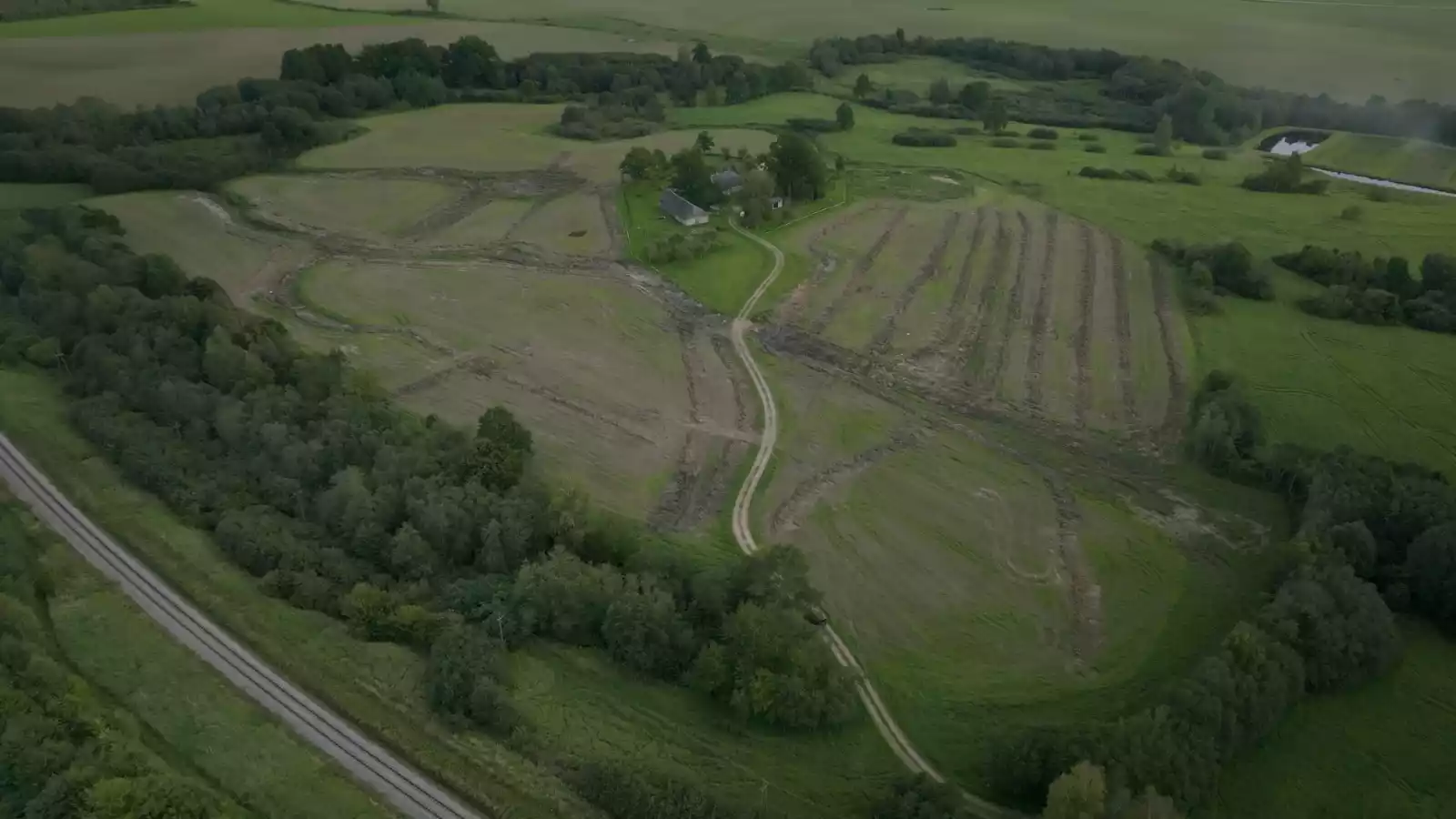We have also repaired drainage systems on our own. In very small cases it often works, but for larger pieces there is neither precision nor quality, and in the end it is just wasted labour and material.We have chosen Dambekalns drainage for the fourth year for a number of reasons. Firstly, there is a lot of work involved in land reclamation, and we cannot do it ourselves. Secondly, the company has a very professional team, and thirdly, the work is done quickly: in two or three days. On average, we lay 1.5-2 km of new drainage system per year.


